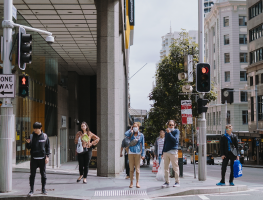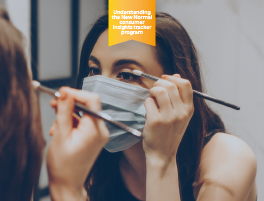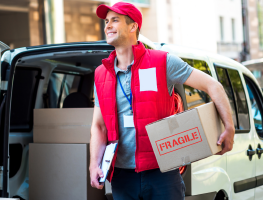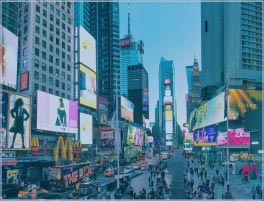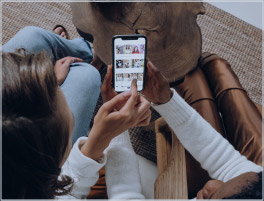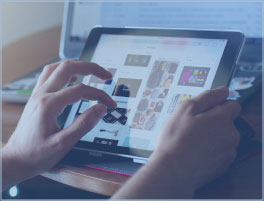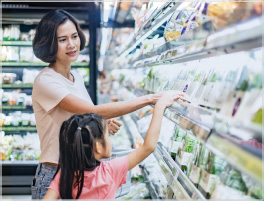How can we develop a framework to assess how people worldwide are adapting to a new normal? In part, we can simply ask them. One of the core metrics from our Understanding the New Normal global consumer insights program is: Do you think your life has returned to normal? Combined with other metrics, we can recognize that people are becoming less optimistic (or perhaps simply more realistic) that our lives will return to normal in just a few months. Even as restrictions relax in many countries, people feel less certain about our progression towards normality today than they did in May or June. McKinsey also recently reported that many governments around the world are now planning on a 2-3 year timeframe for recovery. There are setbacks along the way with local outbreaks that disrupt our progress towards normality after many countries have shifted from quarantine mode to a more “restricted living.” In other words, “normal” has become a fragile concept that can come and go almost without warning, as new restrictions are continuously lifted and imposed. Although people are becoming more confident in resuming some activities, they still remain cautious as traveling or going to bars and restaurants may be allowed one day but restricted the next. There’s a volatility here that shows we still have quite a way to go until “normal” becomes a more secure and permanent reality. As the realization that we have a very long road to recovery ahead of us grows among consumers, caution around spending is clear. People are even more concerned with household finances than they were just a couple of months ago. Our latest study results from the month of July show a larger group of people are more concerned about things like making food supplies last longer. Same goes for purchasing products that offer a better value for the money – even if they are of lower quality. Brands need to take extra care to ensure that they are addressing the value equation in a way that aligns with today’s spending habits. There continues to be a significant opportunity for brands to find creative ways to deliver value to meet the needs of the cautious consumer. But consumers are of course not the only ones who are impacted by the current landscape. We also see three forces beginning to converge that indicate an era of reduced choice is on the horizon for retailers, manufacturers and consumers. At the same time, ad spends are recovering, giving your brand the opportunity to connect with today’s cautious consumers meaningfully. Earlier in the pandemic we noticed that a lot of brands were advertising in the same way, and creating their own creative clutter with the same storylines: somber music, “doors are closed”, #wereinthistogether messages and so on. Now that lockdown restrictions are lifting, we see a sort of “COVID-19 playbook 2.0” emerging, with too many ‘welcome back’ messages. It’s crucial for brands not to fall into the same trap of following the same playbook as everyone else. Brands must continue to be distinctive and find ways to break through that are on-brand and in line with strategy. What’s more, even leading-edge countries – which are in or close to a recovery living phase – are not ready for overly celebratory ads. There are still big concerns that not everyone is doing their part to keep the situation under control, and that it is not yet time to celebrate a new era of recovery. So how can you strike the right tone? Remind people that we are still in this together (but do so creatively). Acknowledge that many consumers are still wary of a return to life as we knew it before the pandemic, and we’re not yet out of the woods. Home improvement chain Lowe’s has launched a free video chat service to help contractors to do virtual home visits, given that people are increasingly comfortable doing many things remotely. Carlsberg took a unique take on the “welcome back” message in this ad that shows friends celebrating the re-opening of pubs in the UK while also following social distancing rules. More good news is that by assessing a range of consumer experiences of the impact of COVID-19 as MetrixLab has done since March, we are starting to see patterns emerge even as the situation remains volatile. While there are certainly shifts and developments, we can also compare many sentiments that consumers are expressing in the latest research to experiences from very early on in the pandemic (see our mass digital qual work on consumer response to the pandemic). This gives us hope as researchers that the tools – and the answers – are out there for brands to navigate today’s world with more certainty, deliver value creatively and re-imagine their business for the long haul. So however near or far we are to a complete return to normal, we know it’s possible to develop successful COVID-19 plans that help brands optimize their product and pricing strategies as well as break through and resonate with today’s consumers. And we are happy to help. MetrixLab operates a Social Insights Privacy Policy, which takes into account the privacy of people publishing content online.Today’s cautious consumer
A business outlook
How to appeal to today’s realistic consumer
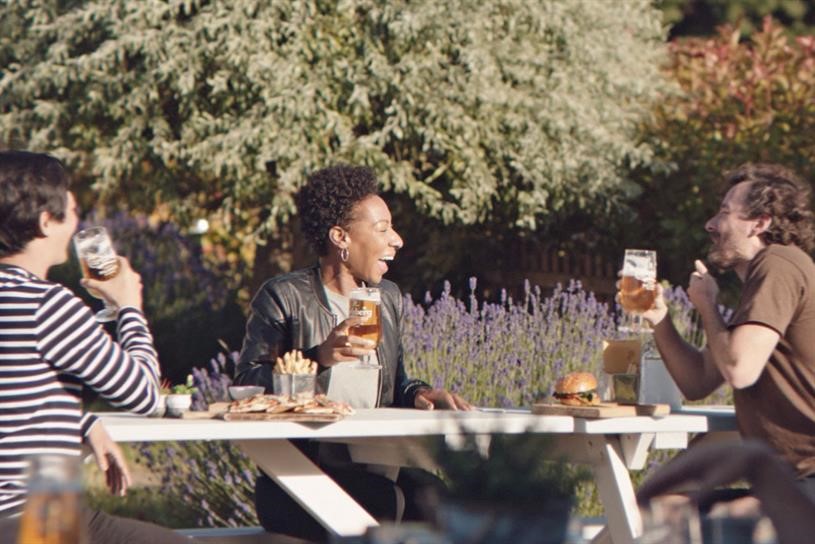
Some order within the chaos
For more information on our Understanding the New Normal consumer insights program, get in touch.
Consumers are growing more realistic. What does that mean for brands?

